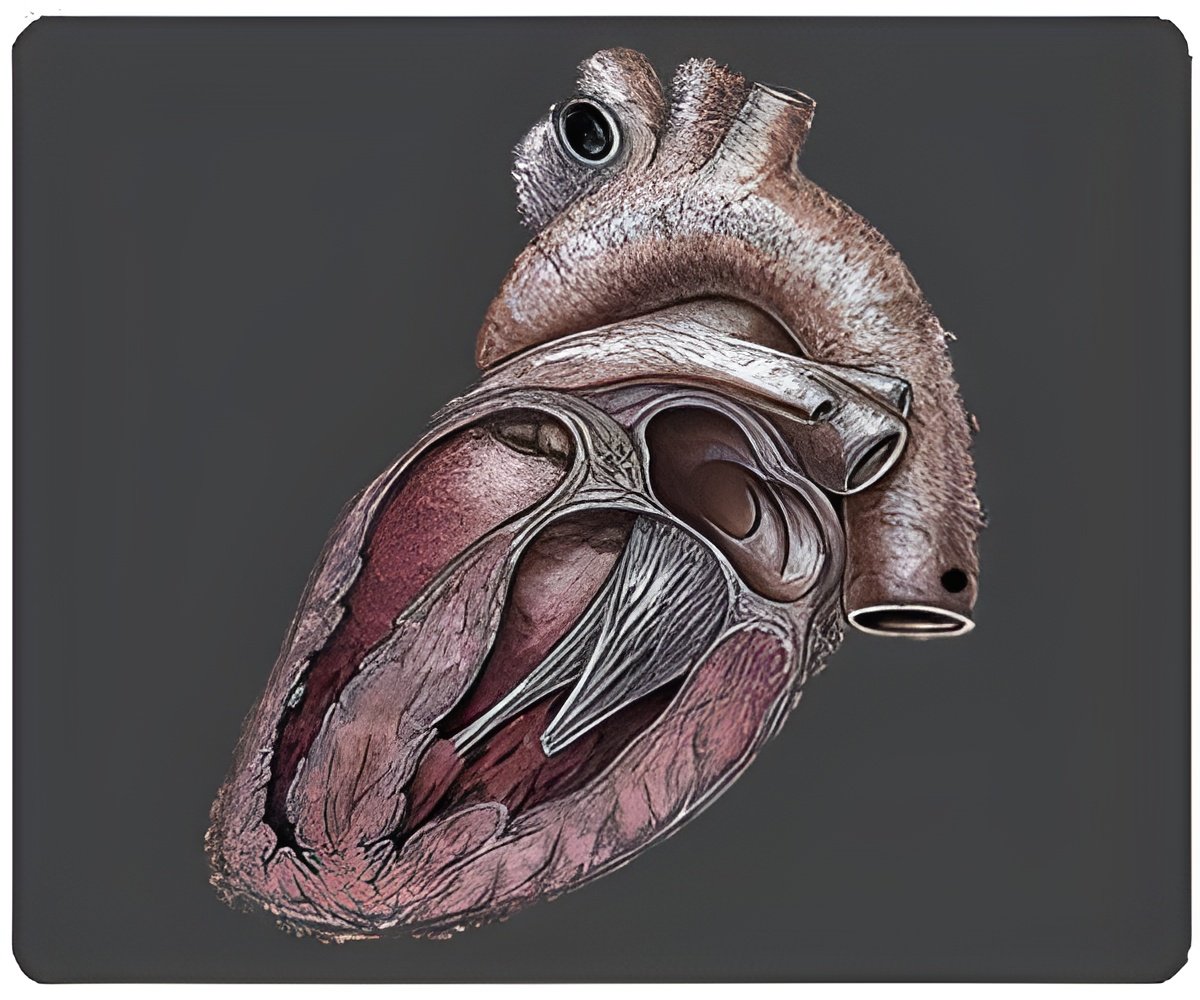A Mazankowski Alberta Heart Institute researcher could shed more light on a possible treatment for swelling of the aortic artery.
A Mazankowski Alberta Heart Institute researcher could shed more light on a possible treatment for swelling of the aortic artery by studying a molecule that is linked with the formation of aortic aneurysms in the abdomen.
Zamaneh Kassiri, a professor in the Department of Physiology, and Ratnadeep Basu, a PhD trainee in Kassiri's lab, have been looking at the role of a protein called TIMP3 in the vessels. Their most recent findings, published in
The Journal of Biological Chemistry, shows that animal models that lacked TIMP3 developed abdominal aneurysms. TIMP3 inhibits a family of proteins that normally chew up the structural proteins in the aortic wall and this role of TIMP3 has turned out to be critical in preventing swelling of the aortic aneurysm."This means if we can find a way to boost TIMP3 in the area, aneurysms could be avoided," said Kassiri. The researchers dug even further in the lab, looking at another molecule called MMP2, which is well known as a contributor to heart and vascular disease. In models that lacked TIMP3, their level of MMP2 was quite high. The thought was that if the researchers lower the level of MMP2, the swollen aorta would be rescued. However, that wasn't the case. "The swelling became even larger," said Kassiri. "It is one of the bad guys, so everyone thought it was contributing to the disease, but likely is not, at least in this setting. MMP2 knockouts [lab models stripped of MMP2] alone didn't develop aneurysm; it's a combination of TIMP3 and MMP2 deficiency that made it worse."Since last year the researchers have been looking at why this current model, which lacks both TIMP3 and MMP2, called a "double knockout," was so much worse. The group's research shows that the double knockout triggers the inflammation response in the aortic artery, which eventually produces another MMP molecule, this one being MMP9. It is responsible for reducing the elasticity of the artery, which means it can expand to let blood through, but it doesn't snap back to its original form. From this discovery, the group decided to treat these double knockouts with MMP inhibitors and they were able to save the models from deadly aneurysm. "If you detect aneurysms at a very early stage, when it's still small bulging in the abdomen, you can put the patient on MMP inhibitors and control the expansion," said Kassiri. "Whereas if you don't, [the aneurysm is] going to expand and may even rupture."MMP inhibitors could be a good treatment, for now, as many are already approved drugs, such as doxycyclin). But the research group's goal is to develop a targeted therapy to enrich the swollen aorta with TIMP3. "What we would want to do in the long term is to deliver TIMP3 locally," said Kassiri. "That's a challenging task considering the location of the aorta behind the abdominal area."
Source-Eurekalert
